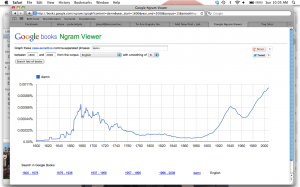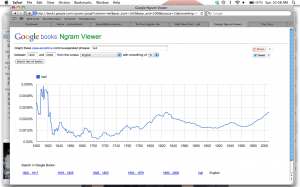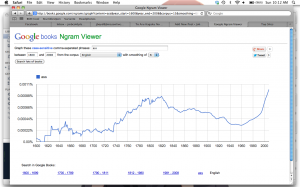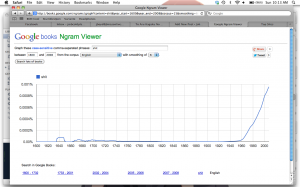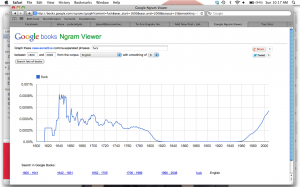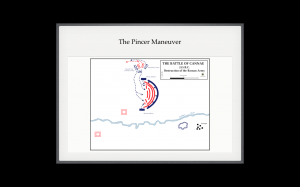With the ever increasing tide of technology, archives of all kinds are starting to be digitally stored. And with ease of access and near unlimited space, why not? The pros of digital archiving are very apparent, which causes the cons to be overshadowed, leading many to think there are none. Yet the problems are just as real as the benefits, and great care has to be taken when turning physical records into their digital counterparts.
Looking at The Roy Rosenzweig Center For History And New Media, I found a number of articles about the importance of digital history, and the dangers that it could produce. One article, written by Daniel Cohen (my awesome History 390 professor), states the concerns he has with digital archiving. With more recourses being available online, a kind of rich-get-richer and poor-get-poorer aspect comes into play, with those with sufficient technologies benefitting greatly, but other who lack them falling further behind. Also, new technologies are constantly being improved and replaced, and it’s unknown how long it will be before our current technologies are outdated. VHS, hard disks, and cassettes have come and gone in the space of 30 years or so, and all the information on then if lost forever or at the most very hard to get ahold of. Could that happen other 30 years from now, and all the archives, databases and information we have online be completely inaccessible?
Digital archives do have their positives though. For one, a majority of the world can access them over the Internet; such as a Northern Virginian teenager going deep into the streets of Ancient Rome, or viewing priceless artifacts only on display in a London museum. I’m talking from experience here. Digital archives can be vastly large, and hold more information and records than any physical database could ever hope to contain. And there’s the social affect of having everything online. Much more interacts can be made with all types of people, giving new insights, allowing other to learn more, and maybe sparking a flame in someone to pursue history in a more in depth way.
For the good that a digital database can entail, more should be done to combat the negatives. keeping an eye on new technologies to ensure archives don’t become obsolete is crucial, and making an effort in provide more people with up-to-date access to them will make the social aspect of the digital archive thrive.

